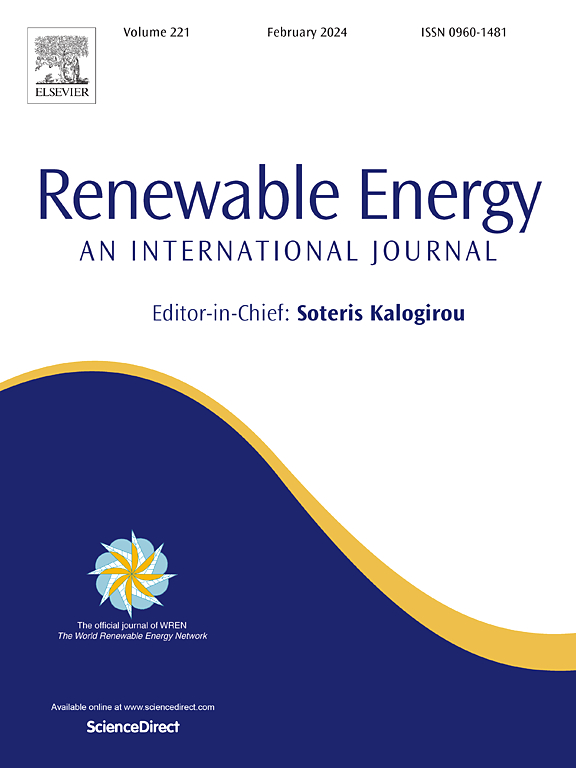High proportion of biofuel replacement for conventional diesel using safflower biodiesel and diethyl ether blends in a CNG-powered RCCI operation of a diesel engine
IF 9
1区 工程技术
Q1 ENERGY & FUELS
引用次数: 0
Abstract
Reactivity-controlled compression ignition operation was used for this experimental work. In the study, biodiesel derived from safflower was blended with diethyl ether at concentrations of 5 %, 10 %, and 15 % and utilized as the primary fuel while compressed natural gas was used as the low-reactivity fuel, injected inside the intake manifold with a substitution rate of 50 %. The study focused on the influence of high-percentage biofuel on compressed natural gas-powered reactivity-controlled compression ignition operation. The engine was held under the same engine speed of 1500 rpm and the engine load of 7.2 kW. The test results obtained from the experiments showed an increase in brake thermal efficiency, brake specific fuel consumption, and brake specific energy consumption, while exhaust gas temperature was decreased. There was an average reduction of 61.36 % and 20.7 % in nitrogen oxides and carbon dioxide, respectively. On contrary, a remarkable increase was observed in carbon oxide by 22.9 % and hydrocarbons emissions by 33.1 % on average compared to petrodiesel with exception for the blend of biodiesel with high content of diethyl ether which showed a significant reduction of 83.3 % on hydrocarbons. The combustion parameters for alternate fuel modes quite similar to diesel fuel combustion.

求助全文
约1分钟内获得全文
求助全文
来源期刊

Renewable Energy
工程技术-能源与燃料
CiteScore
18.40
自引率
9.20%
发文量
1955
审稿时长
6.6 months
期刊介绍:
Renewable Energy journal is dedicated to advancing knowledge and disseminating insights on various topics and technologies within renewable energy systems and components. Our mission is to support researchers, engineers, economists, manufacturers, NGOs, associations, and societies in staying updated on new developments in their respective fields and applying alternative energy solutions to current practices.
As an international, multidisciplinary journal in renewable energy engineering and research, we strive to be a premier peer-reviewed platform and a trusted source of original research and reviews in the field of renewable energy. Join us in our endeavor to drive innovation and progress in sustainable energy solutions.
 求助内容:
求助内容: 应助结果提醒方式:
应助结果提醒方式:


